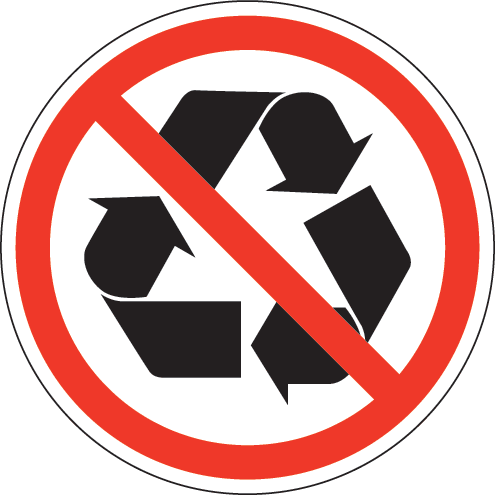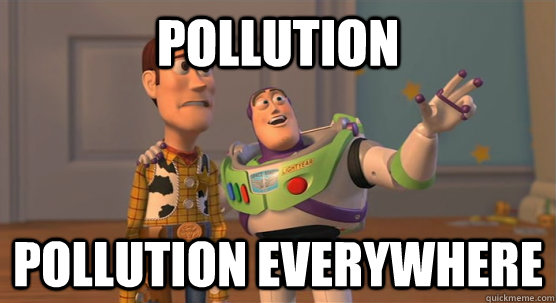Environmental & Economical impacts
Positive Impacts

- Waste-to-energy (WTE) incineration process reduces the weight and volume of the waste by an estimated of 80-95%.
- WTE facilities generate power in the form of electricity or steam.

- WTE is a Net Greenhouse Gas Reducer.
Methane is a greenhouse gas which is mostly emitted from decomposing waste. It is a dangerous contributor to climate change. WTE facilities avoid the production of methane while producing almost ten times more electricity from each ton of waste compared to landfills.
- Landfill usage and landfill expansions greatly reduced.

WTE facilities typically reduce waste volumes by 90%. Fewer and smaller landfills are needed to process ash which helps conserve a valuable natural resource – land.
- Long distance trucking of waste can be greatly reduced.
Large regional landfills are often located long distances from communities, However with a WTE facility in a community, shorter trucking distances result in less air pollution, thus less truck traffic.
Negative Impacts

- Incineration facilities are expensive to build, operate, and maintain.
Not only high investment is incurred to build the WTE plant, the operation and maintenance cost is excessively high, let alone that skilled staff are needed to run and maintain the plant as well.
- Waste-to-energy facilities are extremely difficult to site.
Siting WTE facilities has always been an enormous challenge. High proportions of citizens do not want WTE plant to be sited near their living areas due to the health concerns. Many existing WTE plants are sited in low-income urban areas alongside other toxin-producing facilities, contributing to a great number of cases of environmental injustice.
The affected populace includes those living near the incinerator as well as those living in the broader region. People are exposed to toxics compounds in several ways:
- By breathing the air which affects both workers in the plant and people who live nearby.
- By eating locally produced foods or water that have been contaminated by air pollutants from the incinerator.
- By eating fish or wildlife that have been contaminated by the air emissions.
- Dioxin is a highly toxic compound which may cause cancer and neurological damage, and disrupt reproductive systems, thyroid systems, and respiratory systems.
- Waste-to-energy (WTE) is a deterrent to recycling and composting.

WTE facilities need to burn energy-rich materials such as paper and plastic to generate electricity. Doing so could reduce the amount of valuable paper and plastic materials sent to the recycling markets. While there is some degree of screening of metals prior to combustion, WTE incinerator plants burn everything that is delivered to the facility, including recyclable materials. Because of the high investment of WTE plants, the priority is to use these facilities to their fullest extent, while the recovering materials through recycling and composting is pushed aside. In other words, WTE indirectly promotes continued waste generation while hindering waste prevention, reuse, composting, recycling.
- Waste-to-energy is a waste of energy.
WTE facilities do produce energy from waste, but recycling is a far more effective form of recovering energy from our discarded products and packaging. Recycling conserves an average of three to five times more energy than WTE generates. This is because manufacturing new products from recycled materials uses much less energy than making products from virgin raw materials.
- Waste-to-energy releases pollutants.

Toxins are created at various stages of incineration. Generally, there are two types of ashes produced from the incineration process. Bottom ash comes from the furnace and is mixed with slag, while fly ash comes from the stack and contains components that are more hazardous. In municipal waste incinerators, bottom ash is approximately 10% by volume and approximately 20 to 35% by weight of the solid waste input. Fly ash quantities are much lower, generally only a few percent of input.
Another pollutant created by WTE plant is dioxins. Dioxins are highly toxic, carcinogenic and cause developmental problems in unborn foetus.These dioxins deposit themselves into the soil, vegetation and water. Livestock graze upon the contaminated vegetation (grass) and the fish swim within the contaminated waters. These dioxins enter into the food chain through the consumption of poultry and dairy products.
References:
- Benefits of Waste to Energy. (2017). Solid Waste Disposal Authority. Retrieved 1 April 2017, from http://swdahsv.org/benefits-of-waste-to-energy/
- Negative Impacts of Incineration-based Waste-to-Energy Technology. (2017). AENews. Retrieved 1 April 2017, from http://www.alternative-energy-news.info/negative-impacts-waste-to-energy/
- Waste Incineration: Advantages & Disadvantages | Greentumble. (2017). Greentumble.com. Retrieved 1 April 2017, from http://greentumble.com/waste-incineration-advantages-and-disadvantages/
- What are the advantages and disadvantages of incineration?. (2017). Reference. Retrieved 1 April 2017, from https://www.reference.com/science/advantages-disadvantages-incineration-b702a143364992c4#
